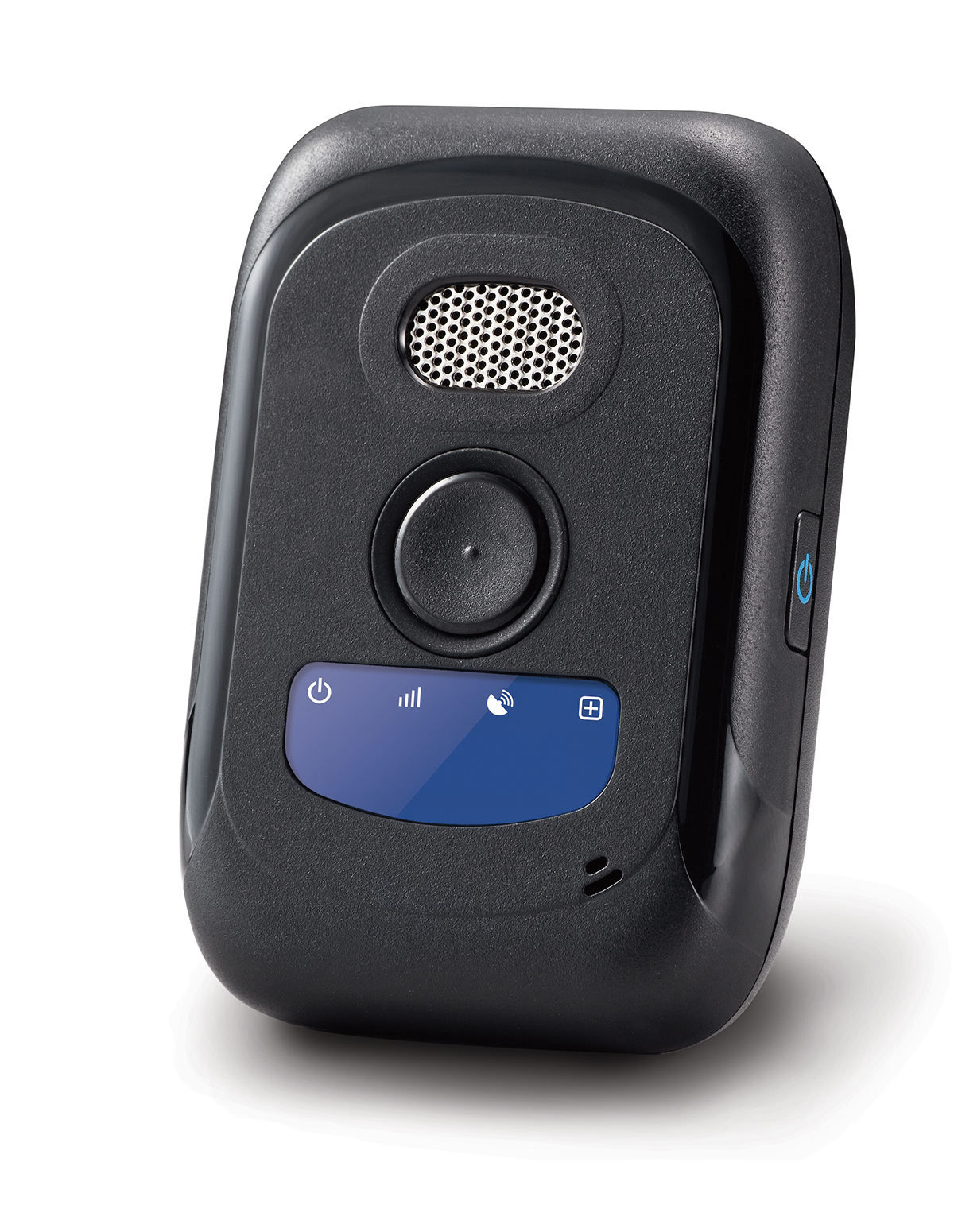Today’s demand for attention has brought on the need for signs to be more than just a display. They want the potential customer to notice them and come in to check out the establishment. It might be portraying a message. Or it could be a show in itself.
First, we as inspectors need to be aware of the codes that affect the installation of signs (Article 600), but also, we might have other issues involved. Locally, one of the sign shops was contracted to recreate a theater marquee. This now incorporated some unique design criteria. We now have luminaires, controllers, fluorescent cabinets, neon power supplies, and display lamps.
Let us start with Article 600 of the 2023 National Electrical Code (NEC). First, check to see if the sign is listed per 600.3. Check to see if your local sign shop is maintaining its listing status with a nationally recognized testing laboratory (NRTL), such as UL Solutions. Is there a marking label? Section 600.4 Labels need to have the manufacturer’s name, trademark, or other means of identification; and input voltage and current rating. Is the circuit 20 amperes as per Section 600.5? Many times, the circuit was installed by an electrician who is not familiar with Article 600. He uses the first closest junction box of the luminaire to connect to. Do we have a disconnecting means within sight of the SIGN? Look at Section 600.6. As you are looking at the display, that is the SIGN. The disconnecting means (switch) should be visible. If this is on the other side of the wall or parapet, it is “not within sight of.” The switch is to be capable of being locked in the open position. A breaker lock-out may also be used.
Grounding! This can be a whole other subject. We look for the sign in Section 600.7 but don’t forget Article 250. Is that enclosure or raceway bonded? Section 250.148 reminds us that if circuit conductors are spliced, we need to bond the metal enclosure. Is under the painted surface of the power supply a good connection? NO! Check and see if we have a good connection, i.e., no sheet metal screws and a clean surface [250.8, 250.12, and 250.102(B)]. Remember, we want to create a permanent, low-impedance path for ground-fault current.
Ok, let’s move on. Where is our power supply located? See 600.21. This particular sign had access panels close to each power supply and other electrical components. If not, how do we access this equipment? Our location is to have an access door 3 feet by 2 feet and a walkway at least 1 ft wide from the opening to the equipment. We need to see what we are doing. Section 210.70(C) tells us that the equipment requiring servicing needs a lighting outlet.
Now what other electrical equipment will concern us? Recessed Luminaires 410 Part XI & XII. We need to check the support of the luminaires and wiring methods.
The controller is covered under 600.6(A)(3) & (B). Tells us about our location for the controller disconnecting means (switch). Also, this switch, if not within sight of the controller, shall be capable of being locked in the open position. These controllers can serve different functions. We have the NEON letters. Also, the rolling lamps are under or around the sign.
Now let’s look at how we tell the controller what functions to perform. In most cases, we have a data cable running from an office with a programming unit. We will need to look at Article 725 to find our code requirements for this installation. First, we need to determine what Class power supply we have. In this case, we have Class 2 as described in 725.130(B). Do any other articles, as in 725.3, apply? Most of the time, we will reference the wiring methods of Article 300 based on 725.139. And lastly, with this equipment, is it listed as per 110.3?
















Find Us on Socials